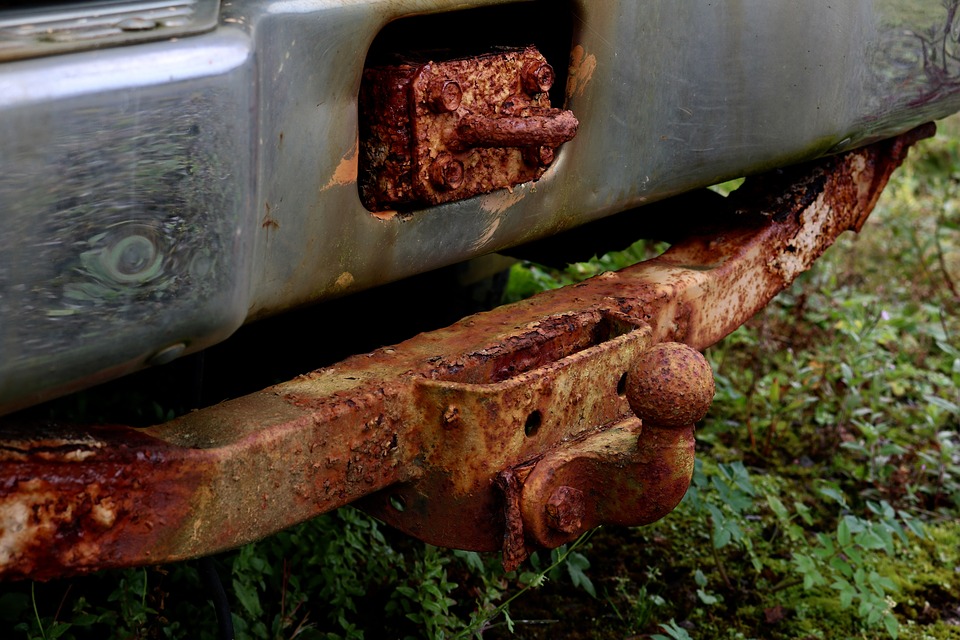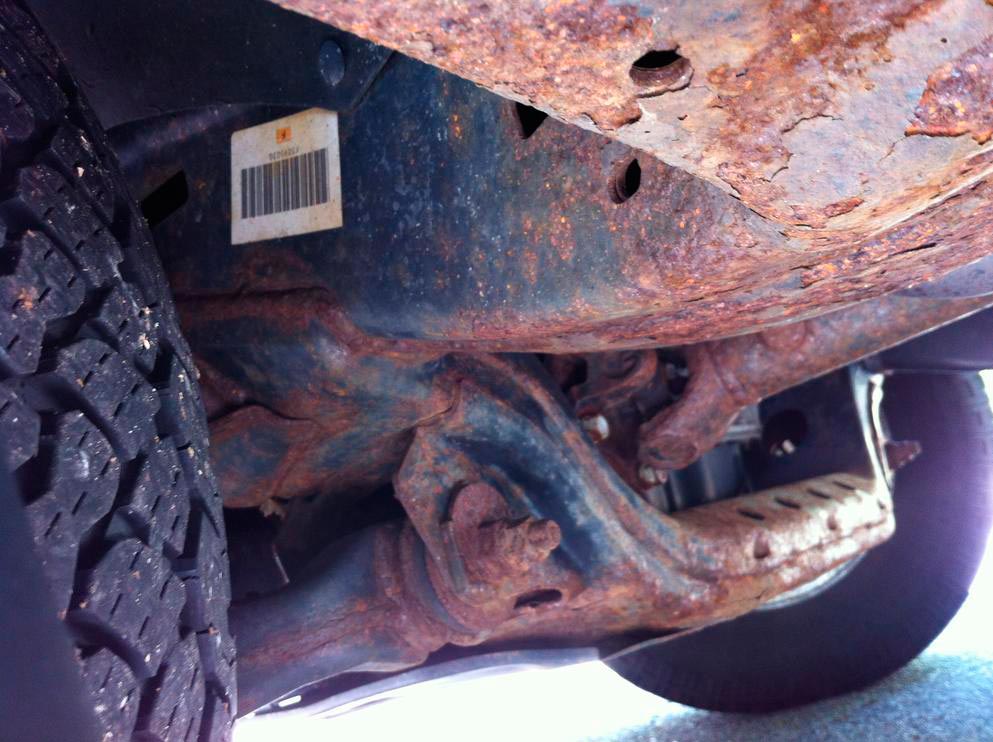
How to deal with rust on car suspension
Content
Depending on the condition of the frame, axles, and suspension, you can spend 8-10 hours a day removing rust, old paint, or primer. The process will be accelerated by a grinder. For narrow areas use brushes and sandpaper. All corrosive foci must be removed.
In 2020, Mitsubishi has recalled more than 223 vehicles in the US and Canada due to the suspension's susceptibility to handling-damaging rust. Such cases are not uncommon. While manufacturers want to understand how to minimize corrosion while increasing profits, it's easier for drivers to decide for themselves how to treat a car's suspension for rust and how to prevent the problem from occurring in the future.
Reasons for education
The disadvantage occurs when the metal alloy is exposed to water. Moisture contact with the machine causes - rain, snow. Condensation that accumulates after turning off a car warmed up in winter is an additional condition. Also, the maritime climate accelerates corrosion by 1.5-2 times.
Road salt and other anti-icing compounds to remove frozen crust and snow corrode levers, subframes, brake system elements. Cheap chemicals, mostly based on ¾ sodium chloride, accumulate on the bottom of the car, mix with snow and mud, form a thick layer. Remove such a formation, as salt accelerates the reaction of water on metal several times, causing rust.
Sand, generously scattered by road services along the track, will additionally “polish” the body and suspension parts while driving. The substance acts as an abrasive material, which will only accelerate the oxidation. Fans of winter fishing who go to the sea should clean under the car more often: salt with ice will stick to the bottom, which will rust faster.
The content of sulfur oxide and nitrogen in urban air is the final factor in the development of corrosion. In rural areas, the rate of destruction of steel alloys and other metals is 3–5 times lower. In the city, everything rusts faster.

Causes of rust formation
How to get rid
A service station or a car wash will help, where they will thoroughly wash the bottom. The main thing is to remove the dirt to assess the spread of rust.
Further, complete drying of all suspension elements is necessary.
The third step depends on the quality of the service station: it can be abrasive processing of the part to remove pockets of rust, but sometimes the craftsmen immediately decide to fill the bottom with an anti-corrosion agent. When the first is done, it’s good, but if no one wanted to do the sandblasting procedures for the suspension, it’s better to look for another repair place or take up the processing yourself.
Do-it-yourself rusty suspension cleaning
Preparation will take a lot of time. We need a lift, a flyover or a viewing hole in the garage. Required tools:
- Mini-sink, shampoo without aggressive chemicals and brushes. If possible, treat the bottom at a car wash: flooding yourself with age-old mud is unpleasant.
- Grinding machine with a stiff cup brush for removing rusty lesions. Sandpaper or a small metal brush is necessary for processing hard-to-reach places and small areas.
- Masking paper, insulation tape.
- A rust converter that removes pockets of corrosion, transforming it into a primer layer.
- An anti-corrosion agent that protects the metal structures of a car from oxidizing agents.
The bottom is thoroughly washed: only after cleaning all the suspension elements will it be clear how widespread the problem is. After shampooing, the bottom is rinsed with clean water: less chemistry is better.

Do-it-yourself rusty suspension cleaning
The structures are then allowed to dry. Processing should be done when there is no moisture left on the parts.
After mechanical removal of rust spots, a converter is applied to oxidized places. The substance reacts in these areas, converting into a corrosion-resistant primer that does not need to be removed. It is better to apply 2-3 times so that the structure does not rust from the inside. Excess acid from the transducer must be removed with water. There are many hard-to-reach places in the suspension: it is necessary to process what can be reached. Hands should be protected with gloves.
It is important to cover the entire exhaust system, differential covers and transfer case with masking paper. Substances must not come into contact with these parts during processing.
The elements of the chassis are coated with an anti-corrosion agent. The application is made in 2 layers. After one, the suspension should be dried. The enamel should lay down in a thick, hard coating. Waiting time - from 30 minutes. It is better not to treat the anti-corrosion layer with aggressive detergent chemistry under a strong jet: there is a chance to wash off the coating. Manufacturers of such paintwork claim that such products can be applied to rusty parts without first stripping. In practice, this turns into pockets protruding through the protective layer after only six months: the parts continue to deteriorate from the inside.
Prevention of the appearance
Make sure your car is in a garage. If not, park your vehicle in an elevated position in the shade when it snows or rains. Cars that are indoors turn into scrap metal longer than those parked on the street. Better to keep the garage dry. If the humidity is high, a dehumidifier can help.
It is necessary to clean the undercarriage and the bottom from salt and dirt. It is not necessary to shampoo every time, but occasionally removing with a gentle stream will not hurt.
